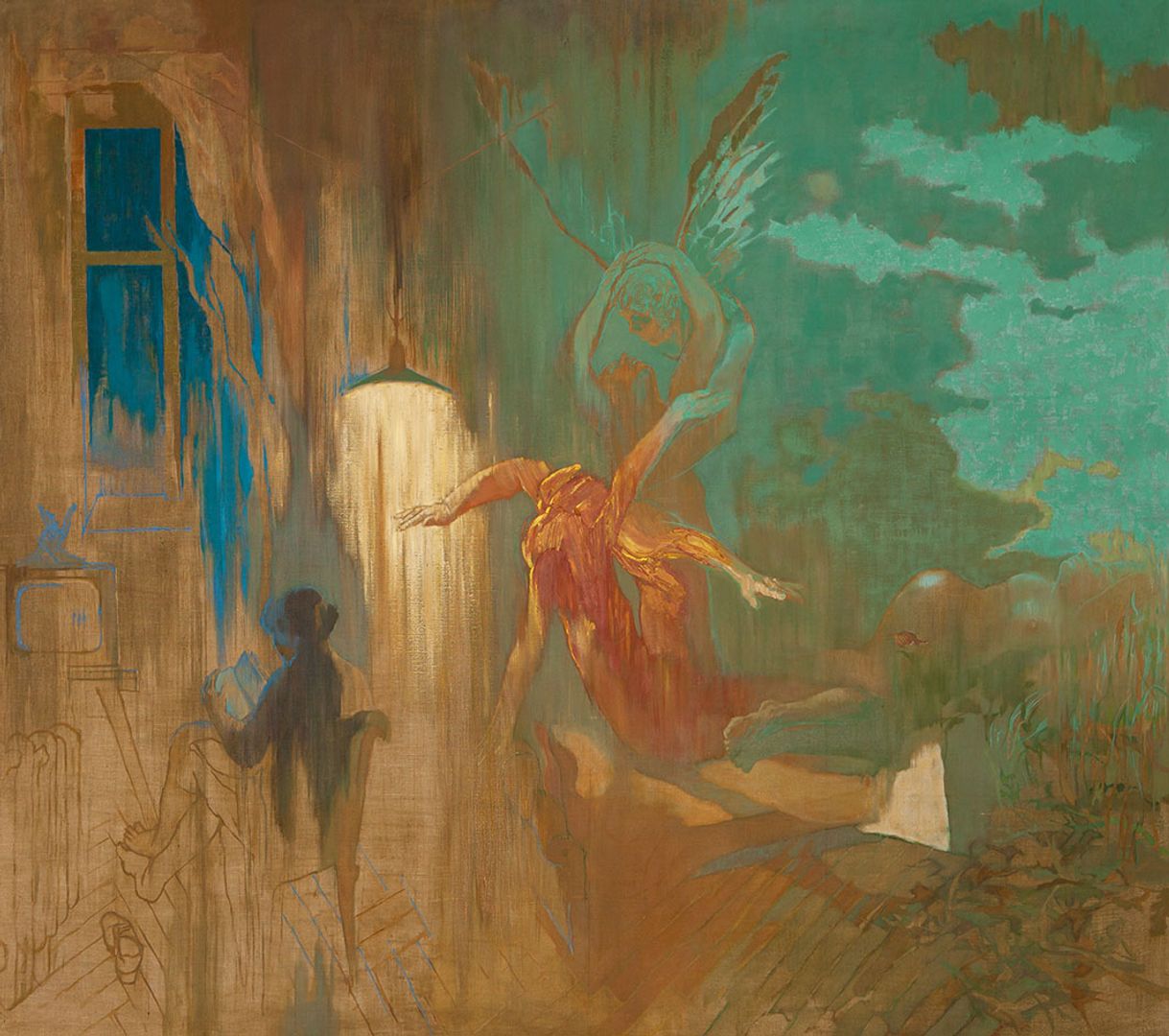Radom Museum of Contemporary Art
8.07

Overview
The Museum of Contemporary Art in Radom, a branch of the Jacek Malczewski Museum, was established on November 10, 1990, and is the first museum in Poland to bear the name "contemporary art." It boasts a collection of over 4,500 works of Polish art from the second half of the 20th and the early 21st centuries, largely amassed through donations from prominent artists such as Jerzy Nowosielski, Włodzimierz Fangor, and Helena Błachnio. The museum inherited collections from the District Museum and the Bureau of Art Exhibitions, with Mieczysław Szewczuk serving as its first director. The museum is housed in two Baroque townhouses located in Radom's Market Square – Dom Esterki and Dom Gąski. Radom has a rich tradition of contemporary art exhibitions dating back to 1945, when the "Winter Salons" were first organized. From its inception, the museum has hosted both solo and thematic exhibitions, as well as promoted young artists through its educational programs. Among its most notable collections are its drawing collection and works by Radom-based artists such as Wacław Dobrowolski and Fr. Władysław Paciak. The museum has supported its activities through exhibitions both in Poland and abroad, and in 2016, it organized its largest exhibition to date, "Living Art: A Story of Artists and Polish Art from 1945 to 1995," during which it announced the transfer of its collections to the Mazovian Center for Contemporary Art "Elektrownia." In 2014, a new center was opened in a converted power plant, highlighting the architectural revitalization of the museum's operational space. An interesting fact is that Andrzej Wajda, a supporter of the museum, advocated for the creation of a new venue with more space for art, which ultimately led to the establishment of the Mazovian Center for Contemporary Art.
Location
2025 Wizytor | All Rights Reserved